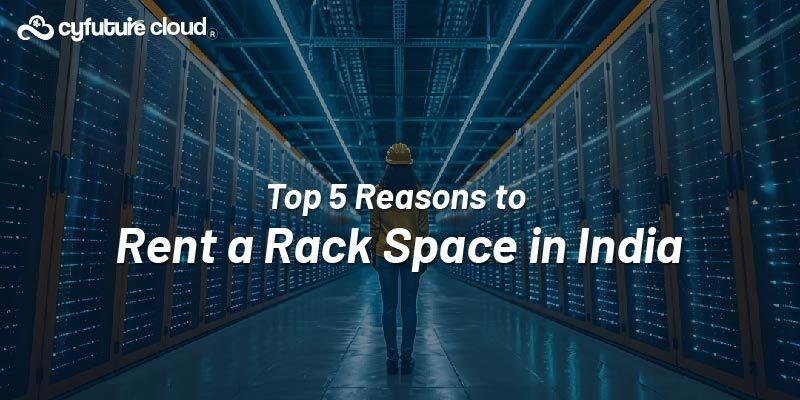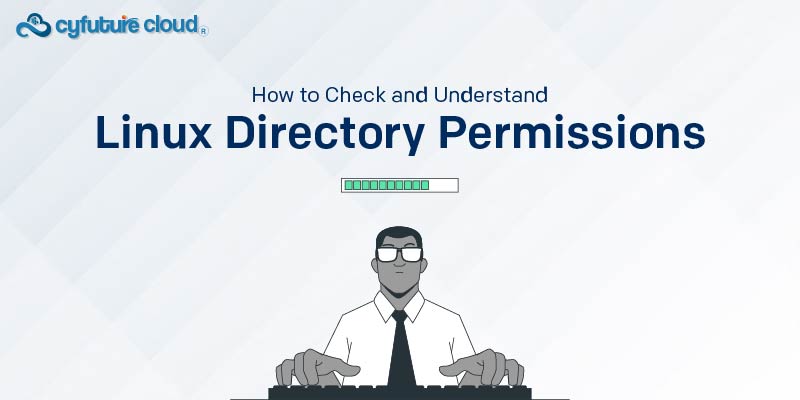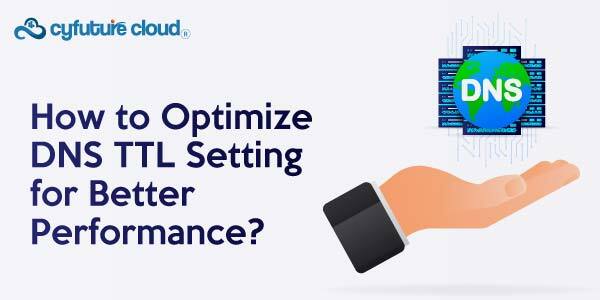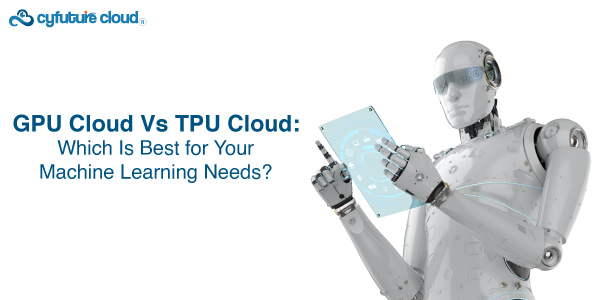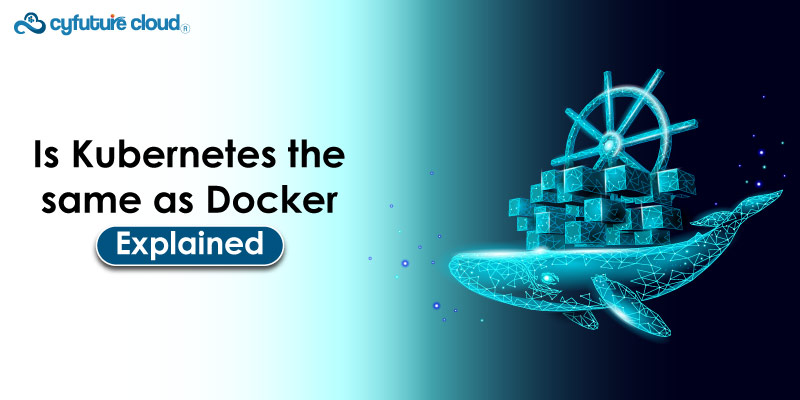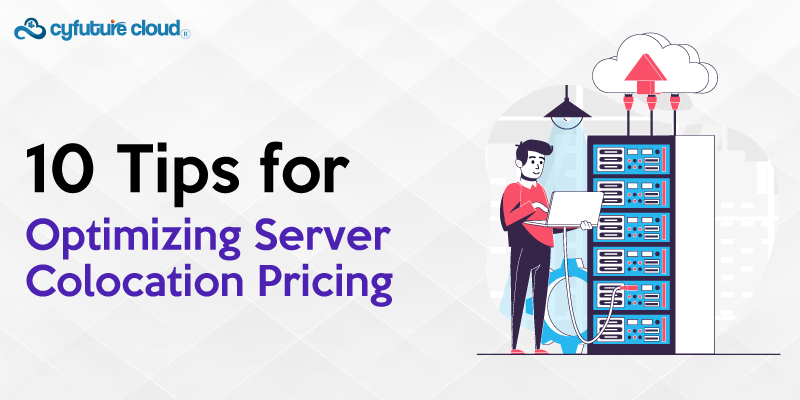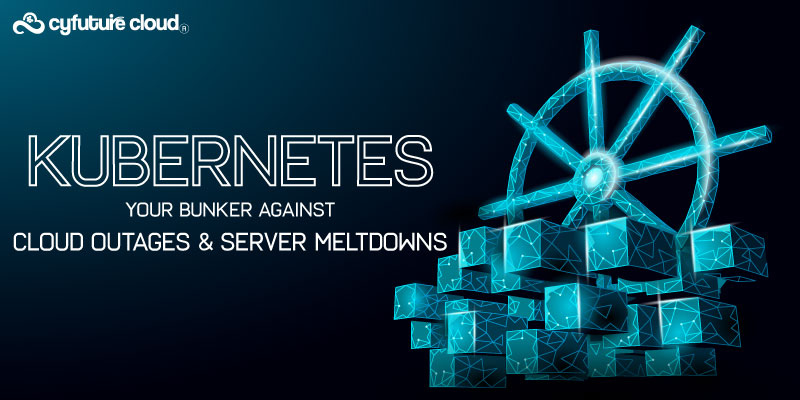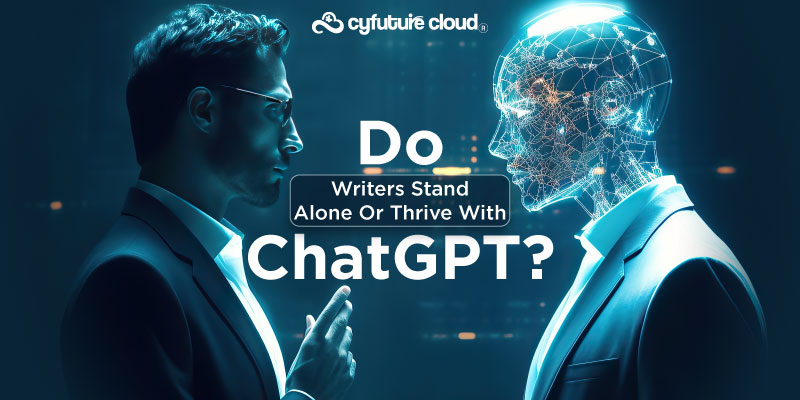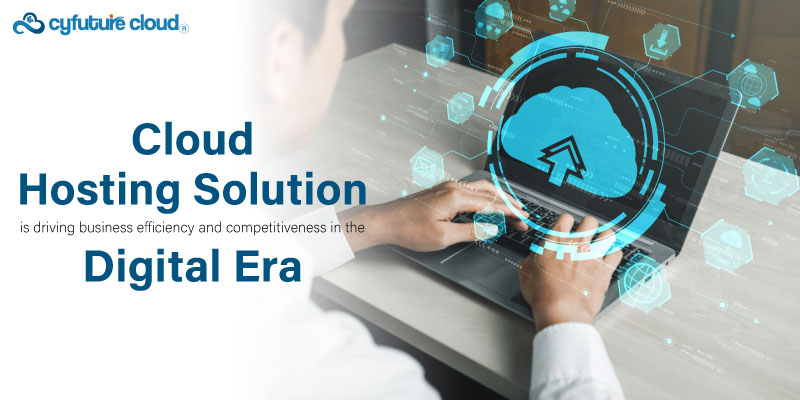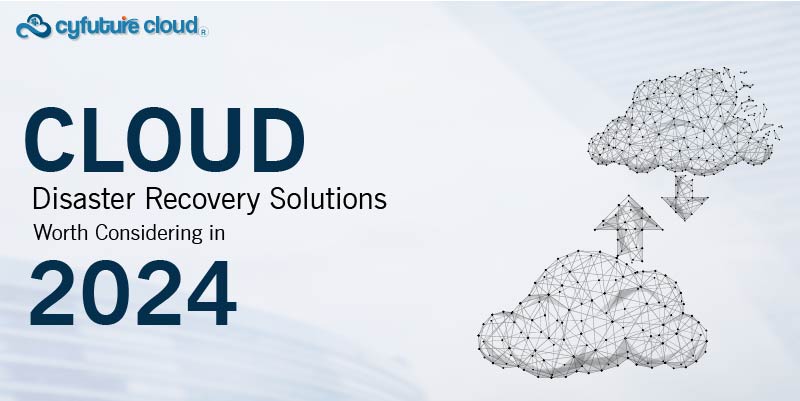Table of Contents
- What is Cloud Computing innovation?
- Cloud Solution
- History of Cloud Computing
- The development of cloud computing branches into three fundamental stages:
- Security Aspects Strengthened In Further Years
- Assortments of Cloud Computing
- Cloud Computing Trends -Empowering the future of Public Cloud
- Subsequently, the cloud reception will develop by 22.8% of all endeavour IT sending.
- Setting the Stage for Cloud Models
- Dispersed Cloud Models
- Cloud Storage Capacity
- Regional Cloud Ecosystems
- “Carbon-Intelligent” Cloud
- Better Internet Quality
- The IoT will turn into the prevailing point of convergence
- Security challenges and the cloud
- Conclusion
This innovative technology goes back to the 1960s and the development of cloud computing has seen numerous stages. We have made significant progress, and it’s similarly essential to be aware of how and when did cloud computing start engaging enterprises along with the whole history of cloud figuring before we plunge into top patterns from now on.
We have seen it, heard it, and gotten it done. Yet, do we have any idea about what it is? We have been using services that have been deployed on cloud-based web hosting. Yet we never believed that these were cloud computing services.
What is Cloud Computing innovation?
Cloud computing is an innovation that places your whole figuring foundation in both equipment and programming applications on the web. It utilizes the web, far off focal servers to keep up with information and applications. Gmail, Yahoo mail, Facebook, Hotmail, Orkut, and so forth are generally the most essential and broadly utilized models of cloud figuring.
One needn’t bother with his PC or PC to look at some put-away mail/information/photographs in the letter drop however any PC with a web association since the information is put away with the mail specialist service provider on a remote cloud. The innovation, generally, is a topographical change in the area of our information from PCs to an incorporated server or ‘cloud’.
Typically, managed cloud hosting & unmanaged cloud hosting providers charge their clients on a use premise. Thus it is additionally called Software as a Service (SaaS). It intends to give foundation and assets online to serve its clients; Dynamism, Abstraction and Resource Sharing.
The expression “cloud” got from communication. The telecom organizations offered Virtual Private networks of great quality at reasonable costs. The image of the cloud addressed the outline point which was the sole liability of the provider. Cloud computing manages servers and network infrastructure on the board.
Cloud Solution
It has developed from different processing innovations like lattice registering, utility figuring, equal figuring, and virtualization. The latest improvement of cloud computing has advanced from the Web2.0 innovation which takes special care of web applications that work with participatory data sharing, interoperability and client-centred design, and so forth Instances of Web 2.0 incorporate wikis, online journals, social-networking & video sharing.
History of Cloud Computing
We should have a fast walkthrough of cloud computing history and development for such a long time
1960’s
One of the famous names in Computer Science, John McCarthy, empowered enterprises to utilize costly mainframes and presented the entire idea of time-sharing. This turned out to be a huge contribution to the pioneering of the Cloud computing concept and the foundation of the Internet.
1969
With the vision to interconnect the worldwide space, J.C.R. Licklider introduced the concepts of “Galactic Network” and “Intergalactic Computer Network”
1970
By this period, it was possible to run multiple Operating Systems in a detached climate.
1997
Prof. Ramnath Chellappa introduced the idea of “Cloud Computing” in Dallas.
1999
Salesforce.com started the whole concept of big business applications through the medium of simple sites. Alongside that, the administrations firm also covered the way to help experts deliver applications via the Internet.
2003
The Virtual Machine Monitor (VMM), which allows running multiple virtual visitor working systems on a single gadget, cleared the way ahead for other colossal developments.
2006
Amazon also started expanding in cloud services. From EC2 to Simple Storage Service S3, they presented the pay-more only as costs arise model, which has become a standard practice even today.
2013
With IaaS, (Infrastructure-as-a-Service), the Worldwide Public Cloud Services Market has totalled £78bn, which ended up being the quickest developing business sector administration of that year.
The development of cloud computing branches into three fundamental stages:
The Idea Phase– This stage was incepted in the mid-1960s with the development of utility and framework figuring and endured till the pre-web bubble period. Joseph Carl Robnett Licklider was the organizer of cloud registering.
The Pre-cloud Phase– The pre-cloud stage started in 1999 and stretched out to 2006. In this stage, the web is the instrument to give Application as Service.
The Cloud Phase-The much-discussed genuine cloud stage began in the year 2007 when the characterization of IaaS, PaaS, and SaaS development got formalized. The set of experiences of cloud computing has seen a few extremely intriguing forward leaps sent off by a portion of the main PC/web associations of the world.
Security Aspects Strengthened In Further Years
The further years saw an improvement of basic cloud features while making security to be a rising concern. This quickly developing service is secure from theft, accidental cancellation, and information leakage concerns.
Assortments of Cloud Computing
Cloud Computing divides into different heads. Based on the sort, use and area, it is arranged under the accompanying head:
Public Cloud
When a cloud is free to the overall population as compensation for each utilization premise, that cloud is known as a ‘Public Cloud’. The client has zero ability to see over the area of the cloud computing infrastructure. It depends on the standard cloud computing model. Instances of public cloud are Amazon EC2, Windows Azure assistance stage, IBM’s Blue cloud.
Private Cloud
The inward data centres of business associations that are not made accessible to the overall population are known as private clouds. As the name proposes, the private cloud devotes itself to the actual client. There is more to get when contrasted with public mists. It utilizes the innovation of virtualization. A private cloud host on the organization’s servers. The illustration of private cloud innovation is Eucalyptus and VMware.
Hybrid Cloud
A blend of private and public clouds is known as a hybrid cloud. Organizations utilize their framework for ordinary use and recruit the cloud on occasions of weighty organization traffic or high information load.
Cloud Computing Trends -Empowering the future of Public Cloud
This assesses spending on Public Cloud Services surpasses $500 Billion by 2023. The impending patterns in cloud computing are going to enable businesses with multiple cloud contributions and accelerated growth.
Subsequently, the cloud reception will develop by 22.8% of all endeavour IT sending.
“The pandemic served as an impulse for rapid cloud adoption and digital innovation in 2020, for remote work, cooperation and digitalization for half breed work models”.
Setting the Stage for Cloud Models
With its proven scalability, resiliency, speed and flexibility, the cloud conditions are arriving at universal stages. The utilization of multi-cloud, Hybrid and edge environments is giving a push to remote correspondences headways naming 5G R17 and is changing ventures encounters, for example, medical services, versatile financial encounters and more.
Dispersed Cloud Models
- Business Process Services (BPaaS)
- Application Infrastructure Services (PaaS)
- Application Services (SaaS)
- Management and Security Services
- System Infrastructure Services (IaaS)
- Work area as a Service (DaaS)
Cloud Storage Capacity
As cloud benefits logically transform into a fundamental piece of carrying on with work, we expect information capacity to foster dramatically in the approaching time. To accomplish this, associations will organize more data centres online with a greater limit on stockpiling gear.
While the proprietors of data centres are going to build the accessible stockpiling, groundbreaking associations will have the ability to utilize that space to fulfil their necessities. For example, associations that work with enormous information will use this extended space to store huge information records or sets and perform investigations on them and harvest important experiences into regions.
Another example, is client behaviour, human systems, and vital monetary speculation. For little privately owned businesses, an extended capacity limit suggests that 2025 will give custom or tailor-made capacity options at far lower costs than were open in 2020.
Regional Cloud Ecosystems
The production of vertical and territorial cloud frameworks, alongside information administrations, is driving will be driving numerous ventures to unheard-of levels, particularly in the financial and public areas. Since the ultimate goal is to reduce points of failure and lock-ins with outsourced cloud suppliers.
The organizations looking to sustain their foundation ecosystems are going to leverage the stages made in different locales. These associations are resorting to regulations that can help maintain sovereignty and control. The drives, for example, GAIA-X advancement in European nations are expanding acquiring popularities for reasons unknown, to be arrangements for politicians, tech suppliers and academia concerns.
“Carbon-Intelligent” Cloud
Climate change mitigation is a cruel reality today and will leave a huge impact on organizations all around the world. The Cloud providers have to think of supportable solutions by incorporating forceful carbon-impartial corporate objectives. This is further driving problems and challenges for I&O (Infrastructure and operations) leaders as the ventures are requesting “green” drives.
Better Internet Quality
The proportion of information delivers and put away all over the planet suppose to develop enormously by 2025. The purchasers will likewise anticipate better and faster associations with network suppliers.
Further developed network speed will expand the purchaser’s longings for really responsive, fast stacking administrations and applications. Sharp business visionaries will move quickly to reconsider and update their SaaS, PaaS, and sites to be more responsive. The IOE and IOT will moreover exploit the quicker network by permitting organizations here to get and convey information productively continuously.
The IoT will turn into the prevailing point of convergence
In 2020, IoT and AI had a heavenly impact on the tech world. While industry specialists expect that IoT will see its turn of events, relentless advancements in the continuous information examination and the creation of innovative cloud computing are set to push the IOE to the front in 2025. IoE relies upon machine-to-machine communication, cycle, and information and how individuals talk with everything in their condition. Moreover, distributed computing will assume a significant part as the IoE structures into complex systems pointed toward working on all connections.
For individuals, this infers we will have the ability to collaborate astutely with every device in an organization basically like IoT.
IoT will likewise outfit associations with more knowledge into how customers connect with their administrations or items, client care units, and one another. Here data is accountable in various ways, including working on client experience through mechanization and the use of adroit robots.
Security challenges and the cloud
Since digital assaults are ending up being more mind-boggling, security analysts in government, private and public regions will likewise have to turn out to be more refined and promising in their methods for perceiving and forestalling assaults.
Firstly, associations will perceive the requirement for putting resources into apparatuses like security information, occasion the executives. Secondly, malware location systems as essential safeguard components for computerized security. However, the job of distributed computing administrations can likewise assume a part here. At last, with oversaw security specialist service providers offer solid administrations to associations that couldn’t buy and largely execute full safety efforts.
Conclusion
In Conclusion, finding and embracing the most recent patterns in distributed computing is urgent for associations at all levels. From innovation that use to utilise cost reserve funds and productivity, the cloud transform into a development force to reckon with. Moreover, the fate of distributed computing can be challenging to foresee. The innovation will certainly keep altogether affecting the business cycle.
Send this to a friend

 Server Colocation
Server Colocation CDN Network
CDN Network Linux Cloud Hosting
Linux Cloud Hosting Kubernetes
Kubernetes Pricing Calculator
Pricing Calculator
 Power
Power
 Utilities
Utilities VMware Private Cloud
VMware Private Cloud VMware on AWS
VMware on AWS VMware on Azure
VMware on Azure Service Level Agreement
Service Level Agreement 

